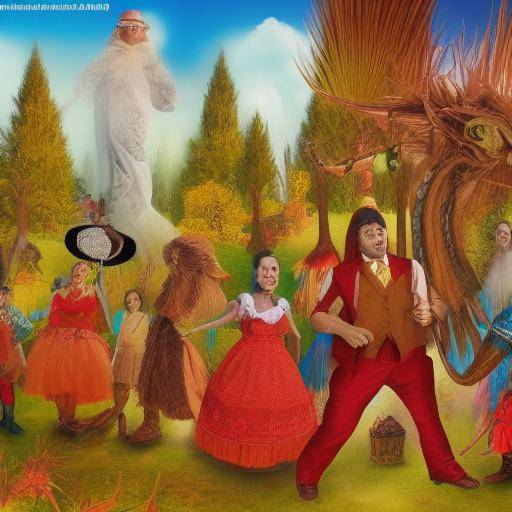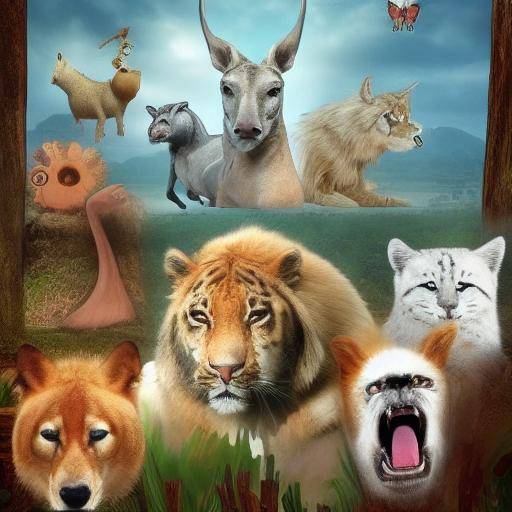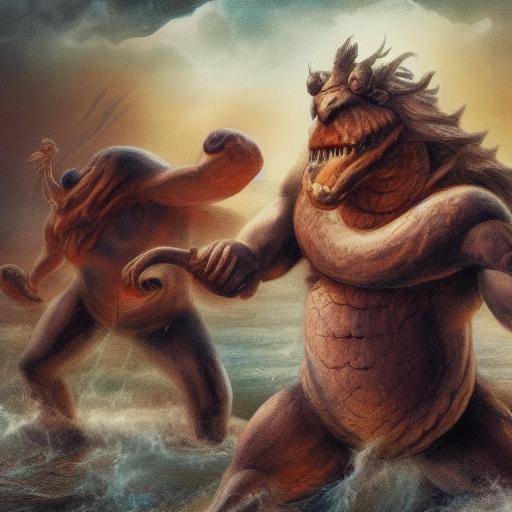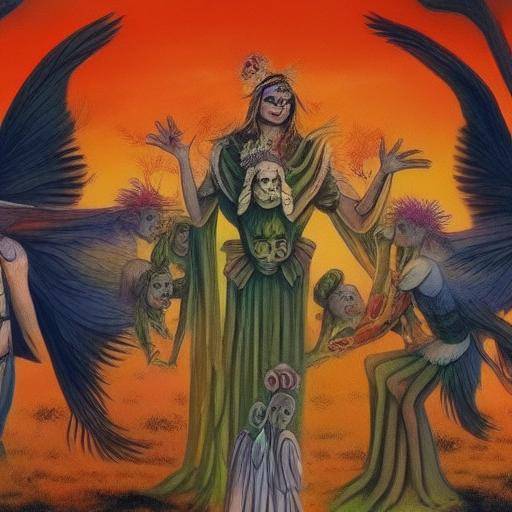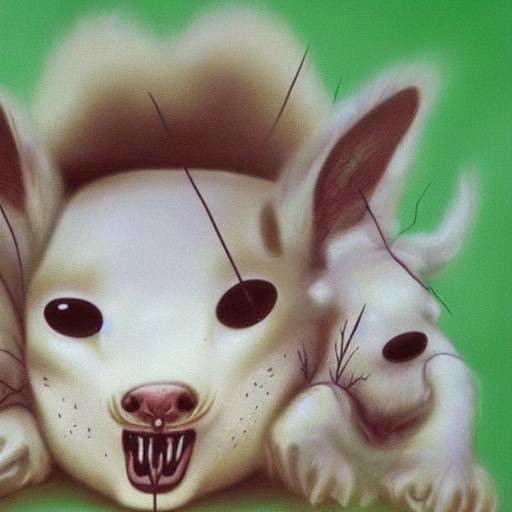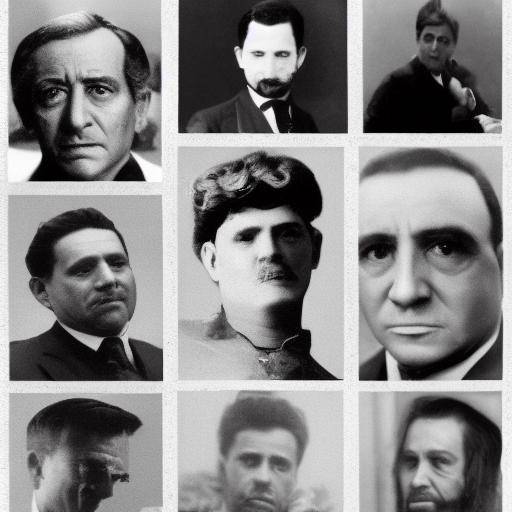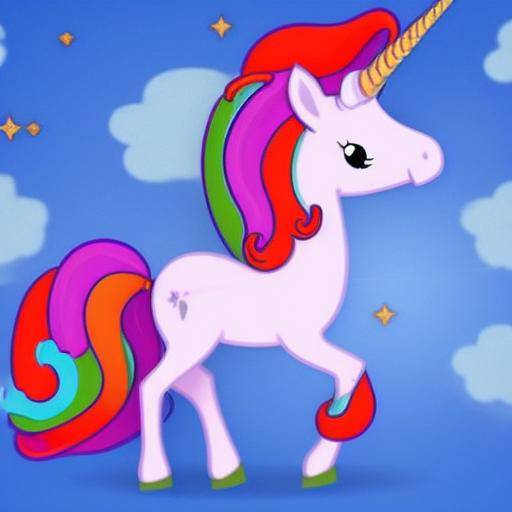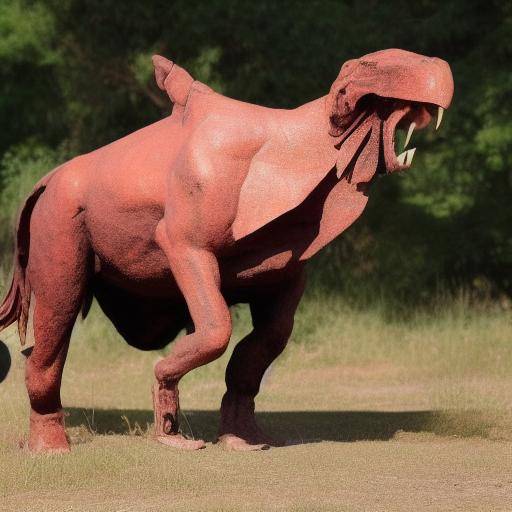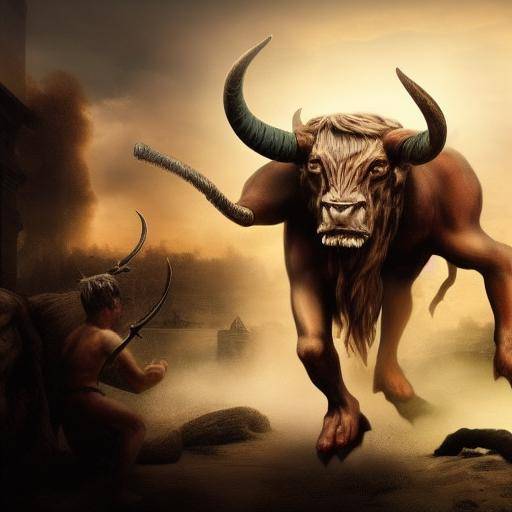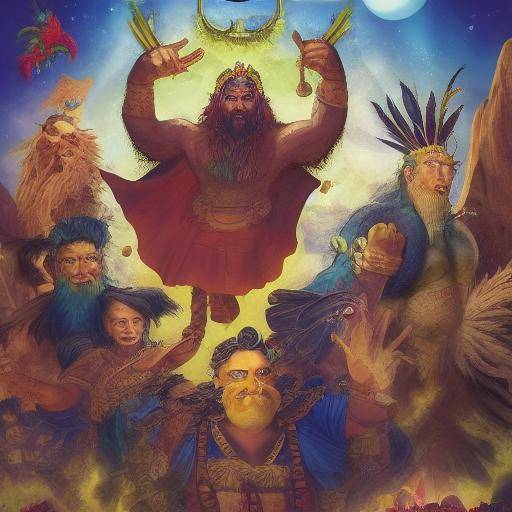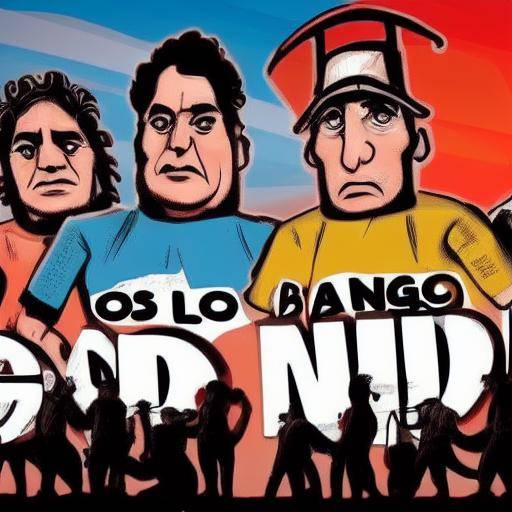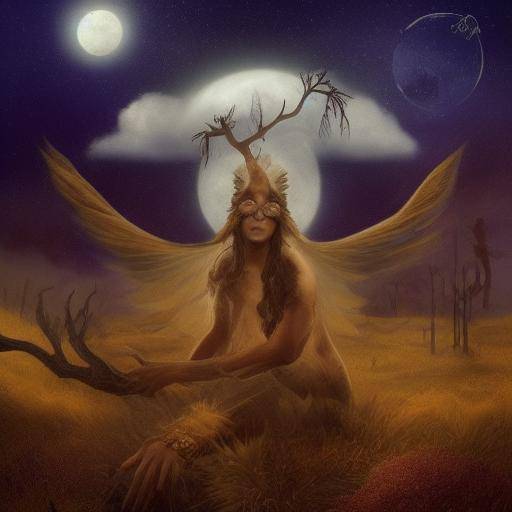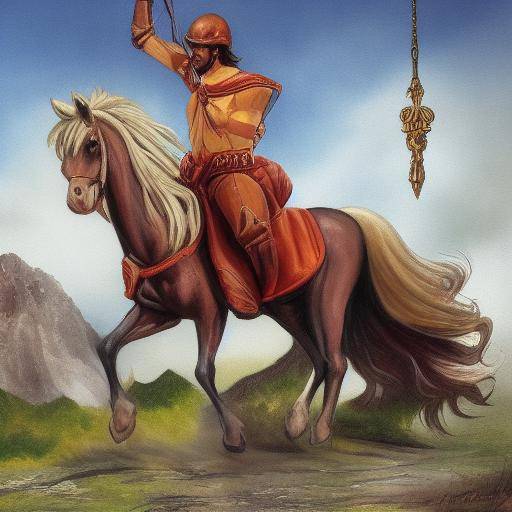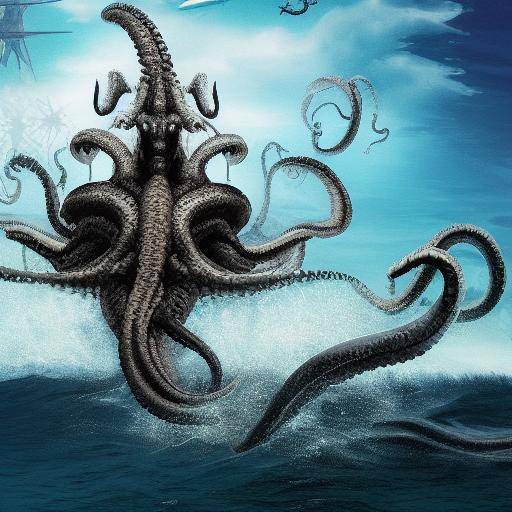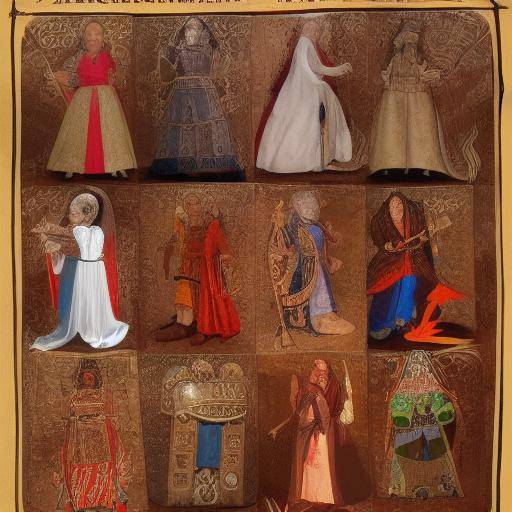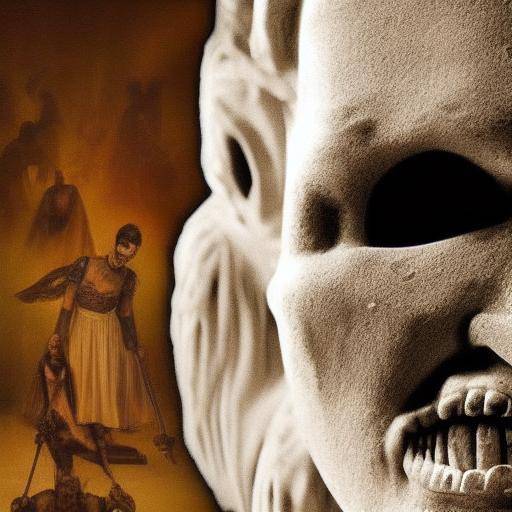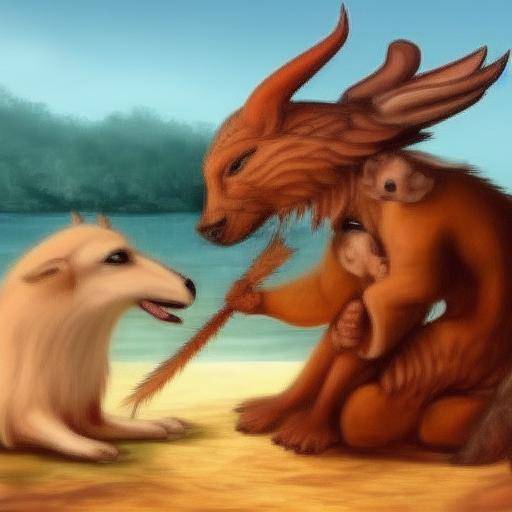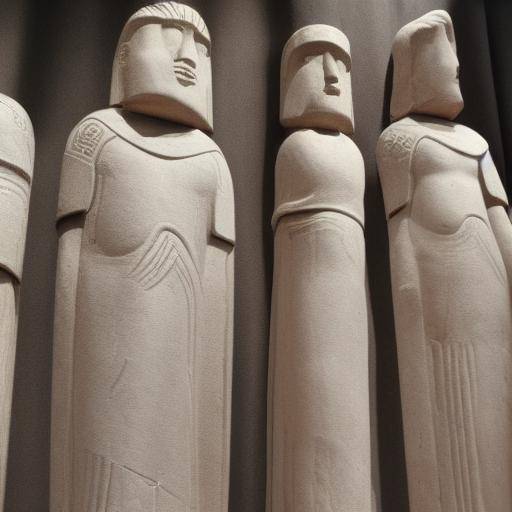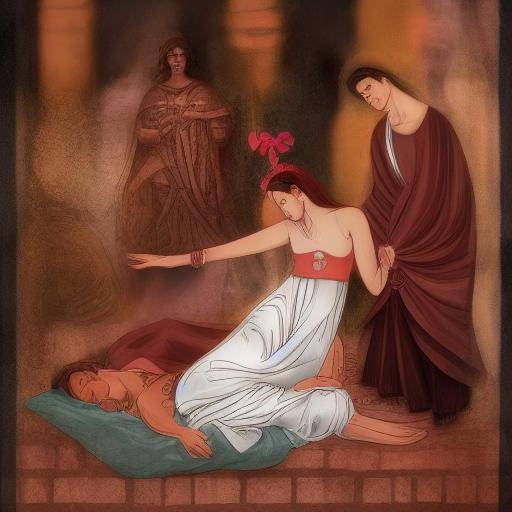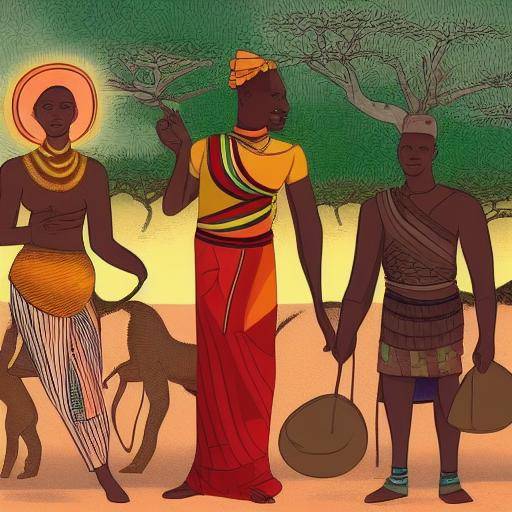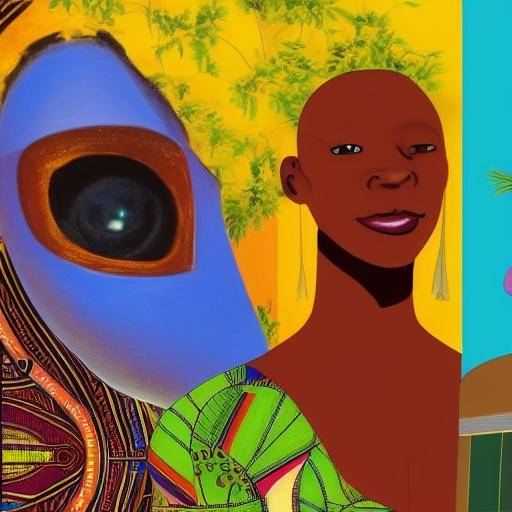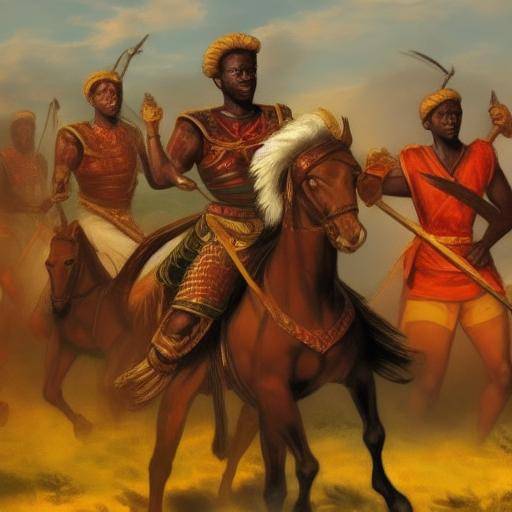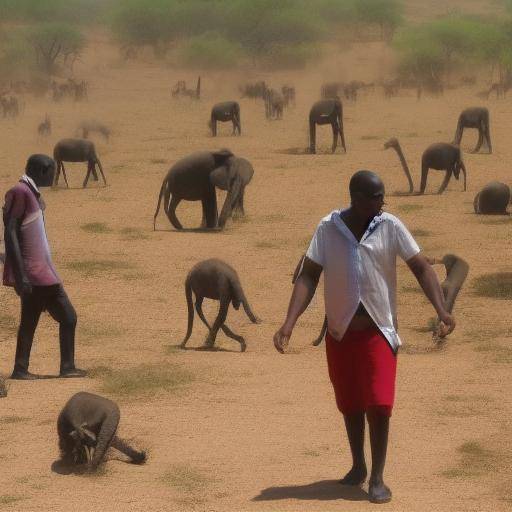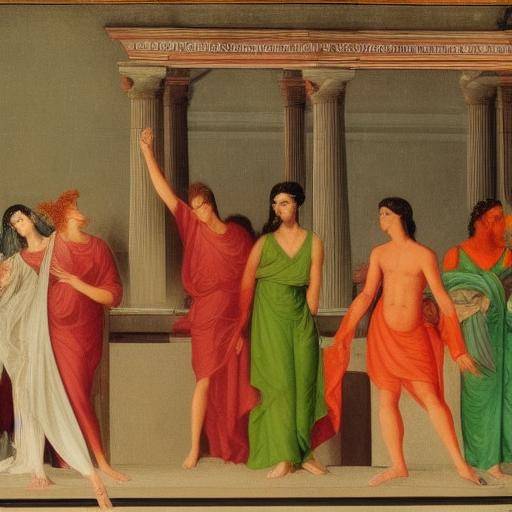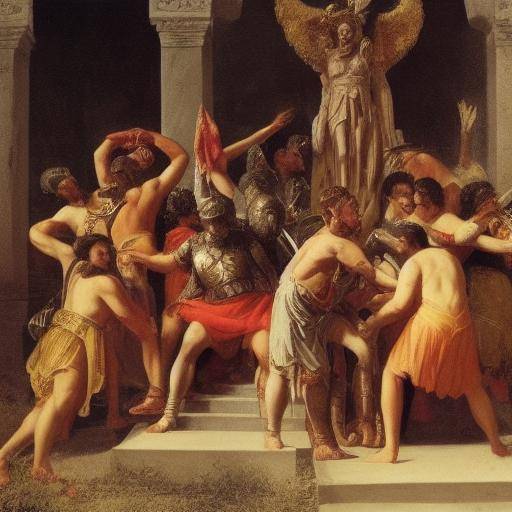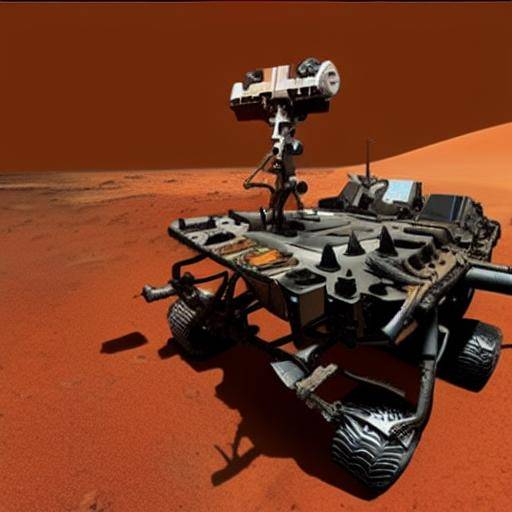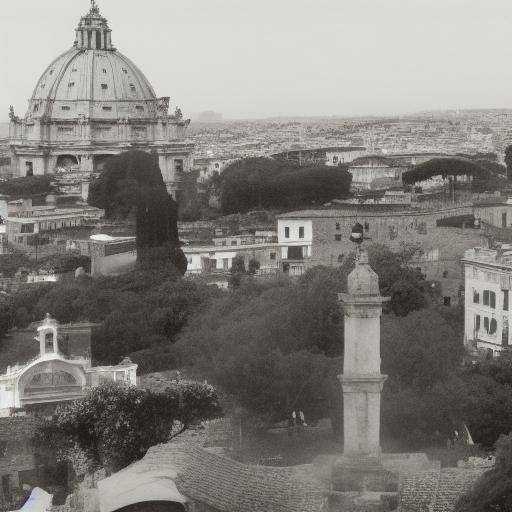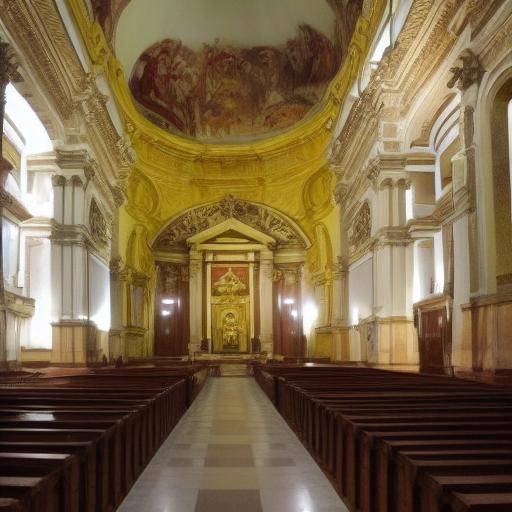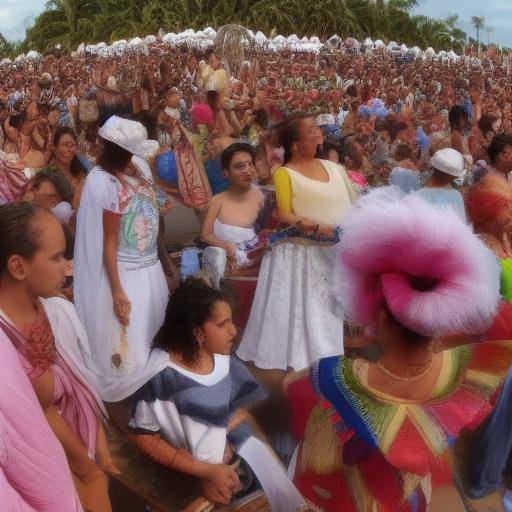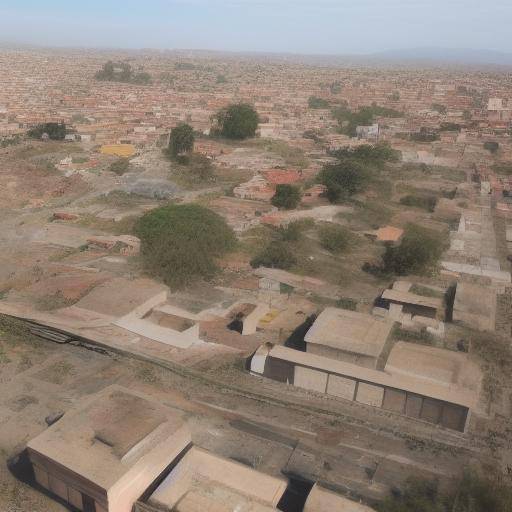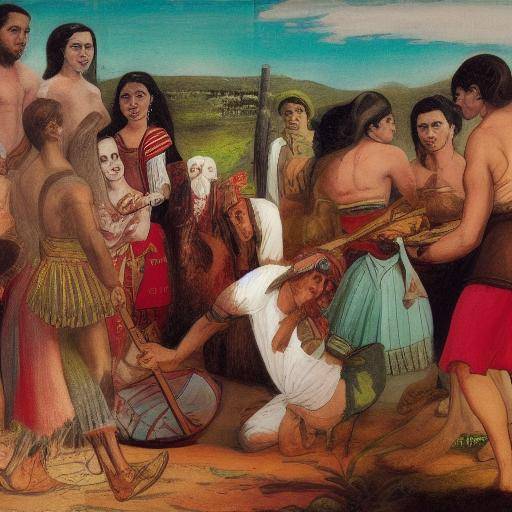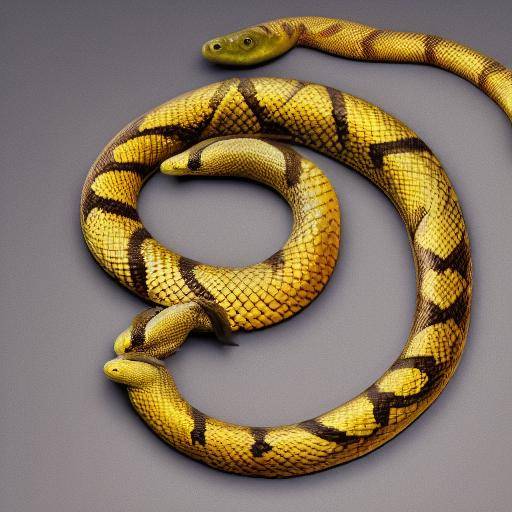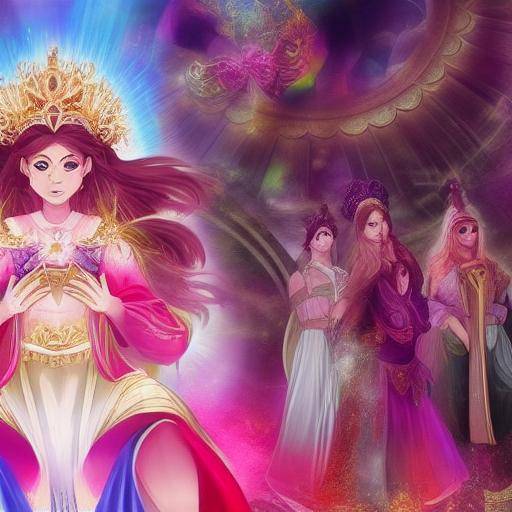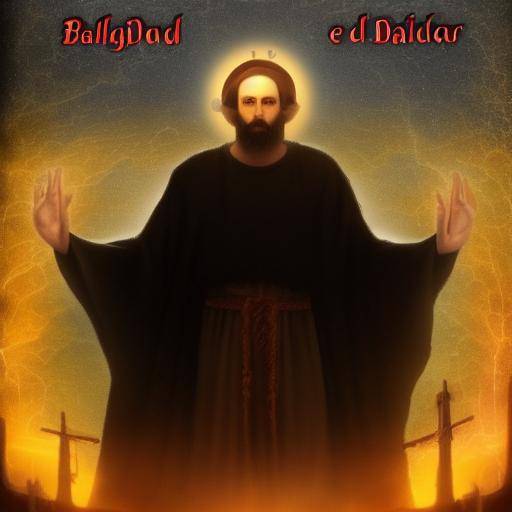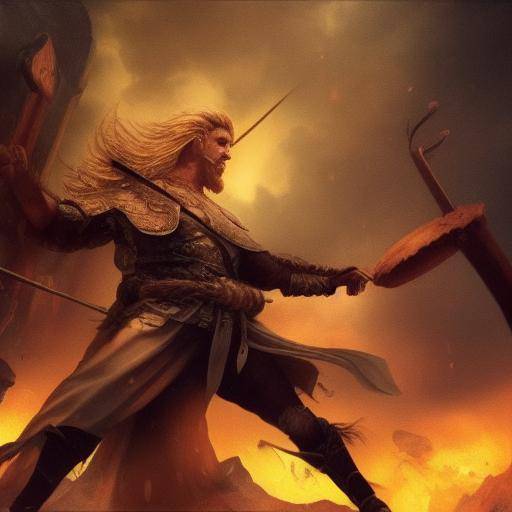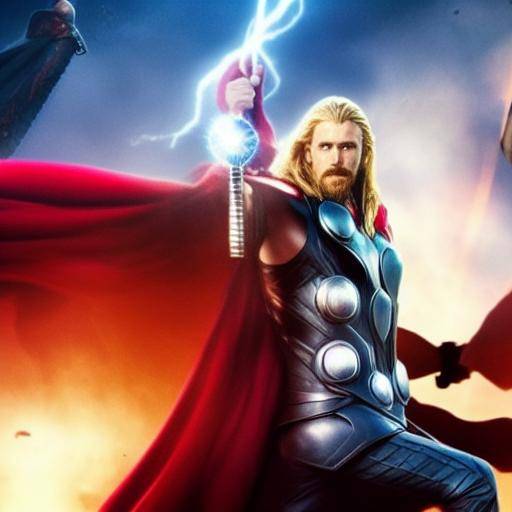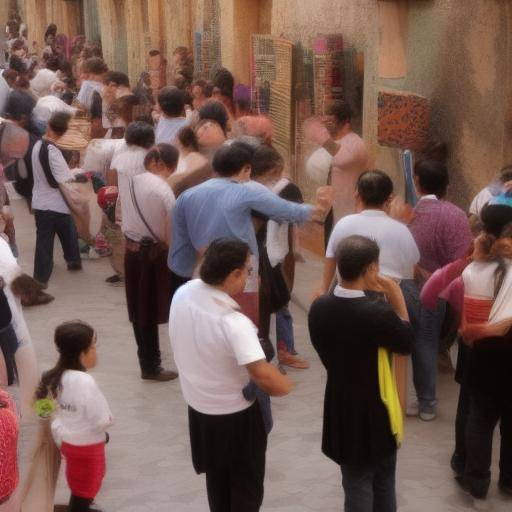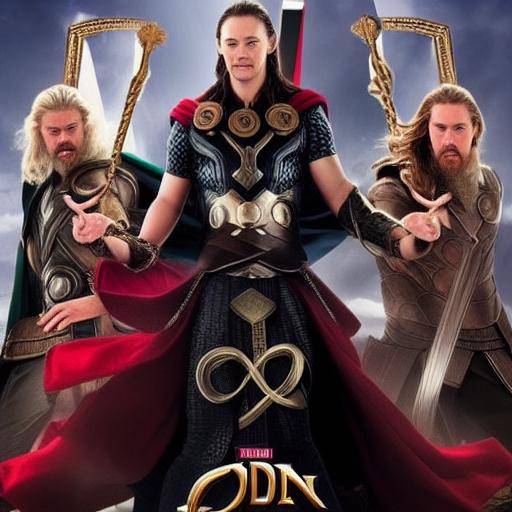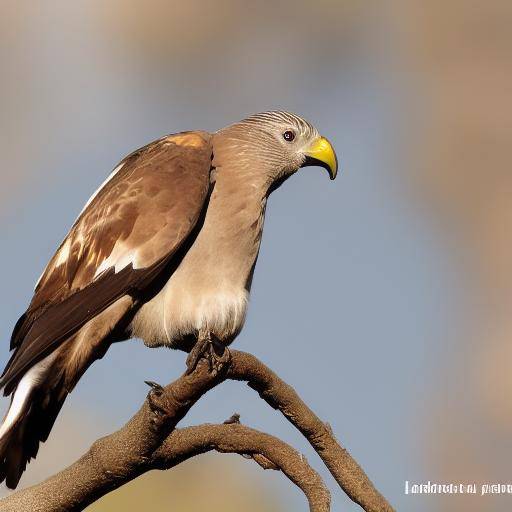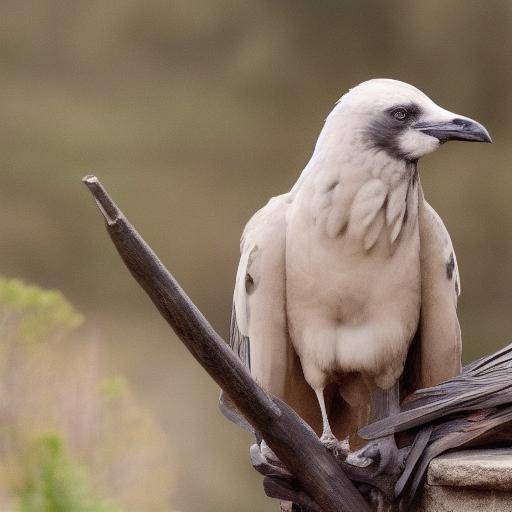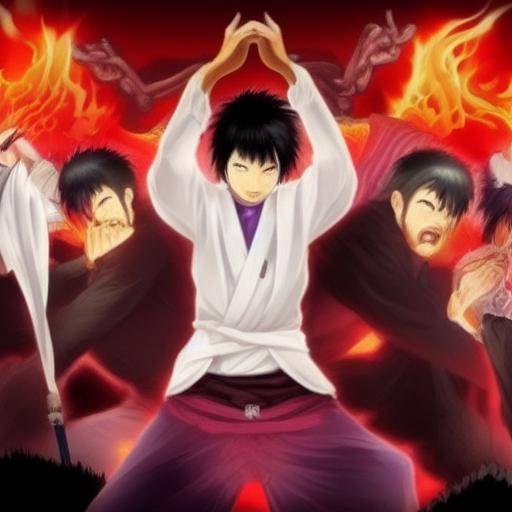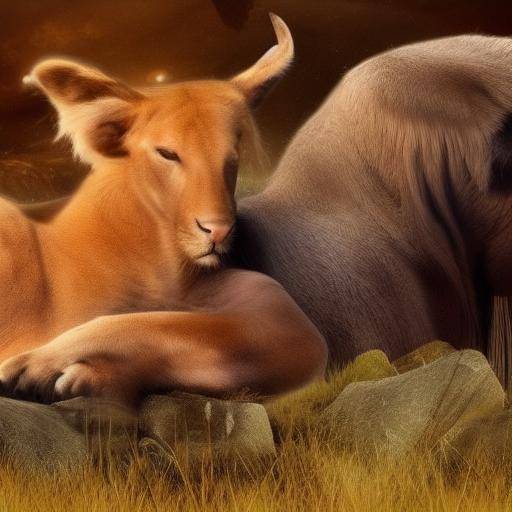
In mythology, there is a fascinating world made up of gods and divine creatures represented by animals. These mythological figures have captivated cultures around the world throughout history. From the majestic Horus Hawk in ancient Egypt to the cunning fox kitsune in Japanese mythology, these divine beings have played prominent roles in the beliefs, legends and traditions of various civilizations.
In this article, we will thoroughly explore the theme of animal gods and divine creatures in mythology. From its origin and evolution to its role in different cultures, through the comparison of different perspectives and opinions, as well as its application in the contemporary world. In addition, we will provide practical advice, expert views, real case studies and future predictions related to this fascinating mythological issue.
Introduction
The presence of animal gods and divine creatures in various mythologies throughout history reflects the profound connection that cultures have had with the animal kingdom. These mythical beings represent both veneration and fear of animals, serving as mediators between the human and the divine. Exploring their presence in different mythologies allows us to better understand the beliefs, values and practices of past civilizations, as well as their continued influence on popular culture and contemporary thinking.
History and Background
Origins and Evolution of the Animal Gods
The presence of animal deities dates back to ancient civilizations, where worship and symbolism associated with certain animals were fundamental in everyday life and religious beliefs. From ancient Egypt to the cultures of Mesoamerica, the animals played prominent roles in mythology, being considered as messengers of the gods, protectors of nature or even divine manifestations in themselves.
Ancient Egypt
In ancient Egypt, animals such as falcon and cat were sacred. Horus, represented as a falcon or a man with a falcon head, symbolized heaven and royalty. Bastet, the goddess cat, was the protector of the home and the goddess of fertility and love.
Greece and Rome
In Greek and Roman mythology, animals like eagle and wolf had a special place. Zeus, the king of the Greek gods, was frequently associated with the eagle, a symbol of power and majesty. In Rome, Mars, the god of war, had the wolf as one of his sacred animals, representing ferocity and courage in battle.
Mesoamerica
In Mesoamerica, the jaguars and the serpents were venerated. Quetzalcóatl, the feathered serpent, is one of the best known gods of Aztec mythology, symbolizing the wind, wisdom and creation. The jaguar was a symbol of power and protection, especially between the Mayas and the Olmecas.
Meaning and Functions in Different Cultures
Different civilizations have attributed meanings and unique functions to the animal gods. While in the Nordic mythology, the wolf Fenrir represents chaos and destruction, in Chinese mythology, the dragon is a symbol of power, wisdom and good fortune. These varied roles reflect the different cultural perceptions of nature and the spiritual world in different parts of the globe.
Nordic mythology
In Nordic mythology, Fenrir is a gigantic wolf aimed at causing the end of the world during the Ragnarök. This creature incarnates chaos and destruction, challenging the gods and symbolizing indomitable nature.
Mythology China
In Chinese mythology, the dragon is a benevolent and powerful creature. It represents good fortune, wisdom and imperial power. Dragons are considered water and rain protectors, essential for agriculture and prosperity.
Historic Developments and Inflection Points
Throughout history, the animal gods experienced significant changes in their status and relevance, influenced by factors such as conquests, migrations and changes in the social structure. The impact of European colonization on the mythology of the Americas, for example, resulted in the fusion of beliefs and the assimilation of indigenous mythological figures in the Christian pantheon.
Colonization and Syncretism
The arrival of European colonizers in America led to the fusion of indigenous beliefs with Christianity. Animal deities such as Quetzalcóatl were reinterpreted and often merged with Christian saints or demons, changing their original roles and meanings.
Modernity and Resurgence
In modern times, there has been a resurgence of interest in animal deities, especially in New Zealand and New Age movements. These figures are reinterpreted in the contemporary context, emphasizing the connection with nature and ecological spirituality.
Comparison of Perspective Different
Ancient and Modern Perspectives
Compare the ancient and modern interpretations of the animal gods reveals both continuity and changes in the perception of these figures. While in ancient times, the animal gods were seen as direct manifestations of divine powers, they are often seen today as symbols of human qualities or natural forces.
Opinions of Experts
Experts in mythology and anthropology offer various interpretations of the meaning and relevance of animal gods. Some highlight their role in the consolidation of cultural identities, while others emphasize their role as mediators between the human and the spiritual world.
Application in the Contemporary World
Popular culture
Animal gods and divine creatures continue to inspire popular culture, appearing in movies, video games and literature. Characters such as kitsune in modern Japanese culture or the use of the dragon in western fantasy demonstrate the durability of these mythical figures.
Ecology and Spirituality
In the context of the ecological movement, animal gods are seen as symbols of the need to protect and respect nature. His veneration in some contemporary traditions underlines the interconnection between humans and the environment.
Conclusion
The animal gods and divine creatures in mythology represent a rich and varied tradition of beliefs and symbolism that have profoundly influenced various cultures throughout history. From ancient Egypt to imperial China and Mesoamerican cultures, these mythical figures continue to fascinate and inspire people around the world. By exploring their stories and meanings, we get a deeper insight into the relationship between humans and the animal kingdom, as well as the values and beliefs that have shaped human civilization.
This article has explored the fascinating world of animal gods and divine creatures, revealing their importance in global mythology and their lasting impact on culture and spirituality. From its origins to its modern relevance, these figures remain a powerful symbol of the connection between the human and the divine.

